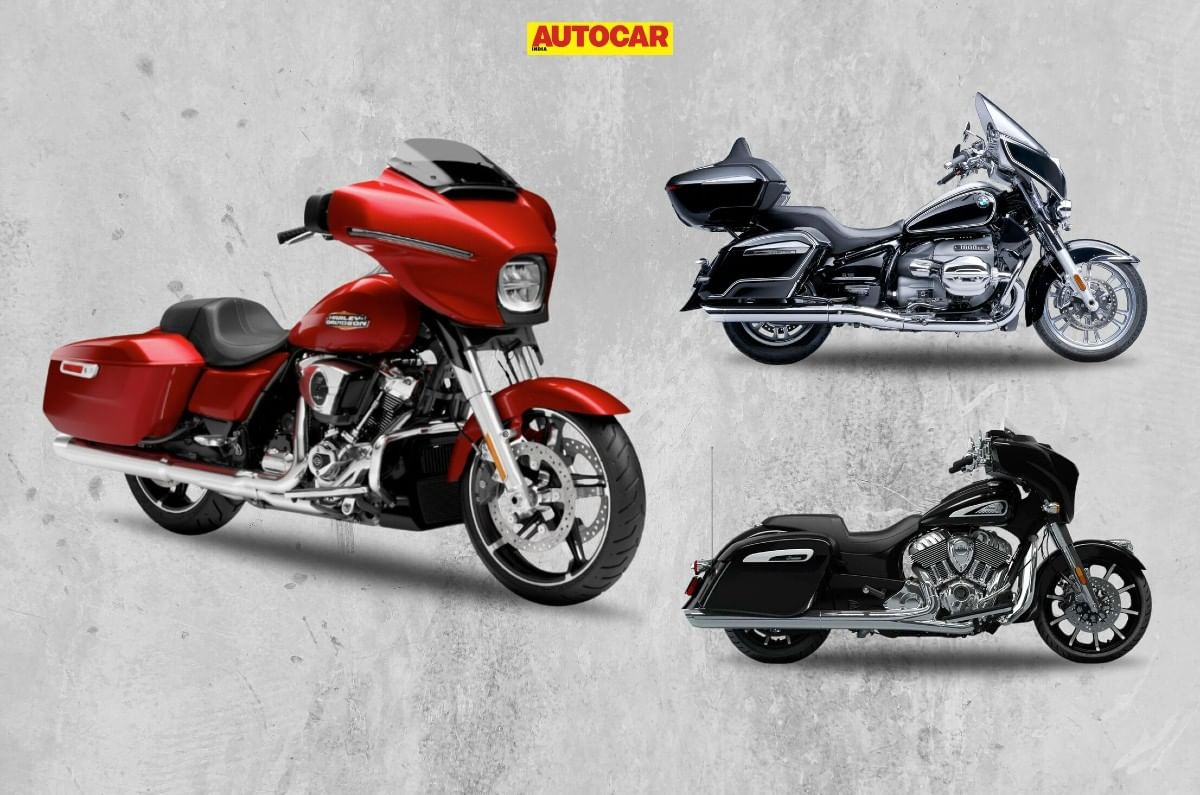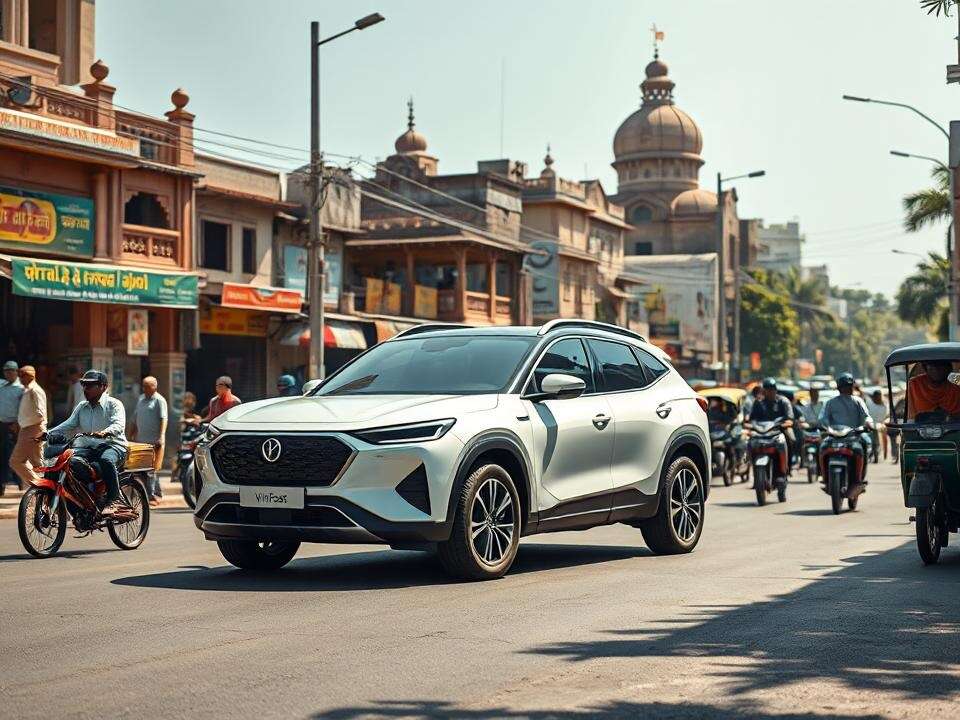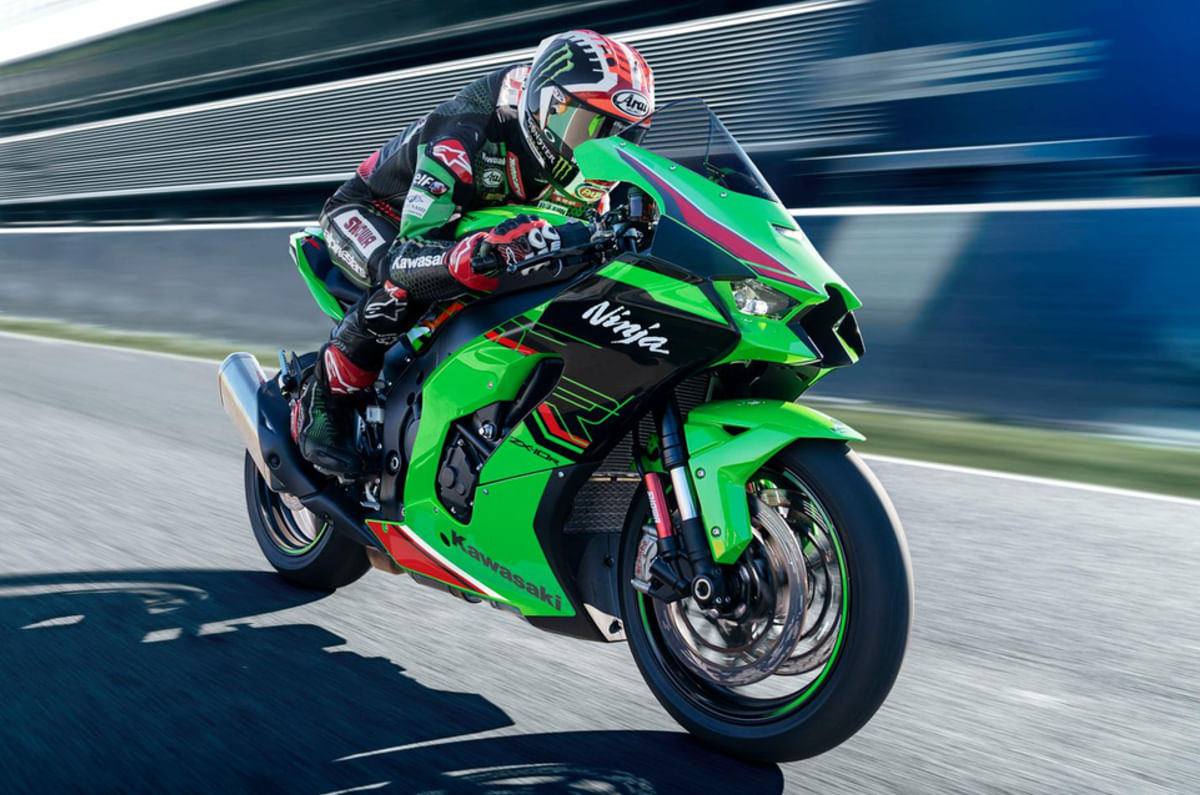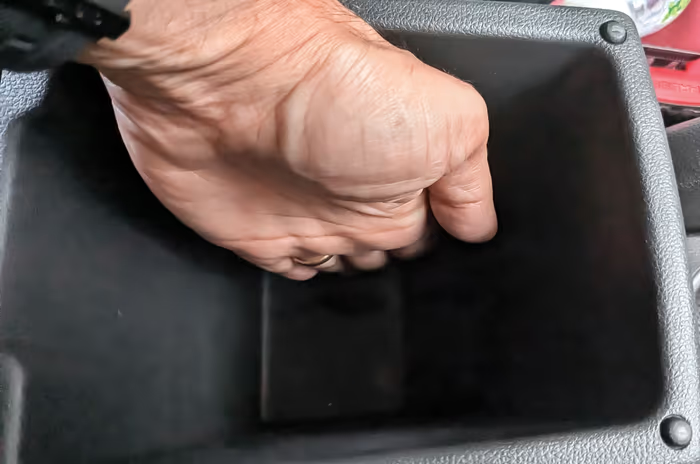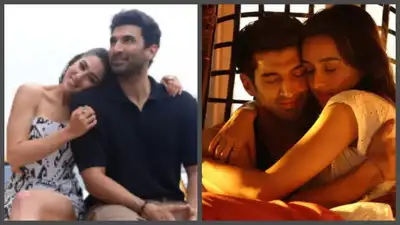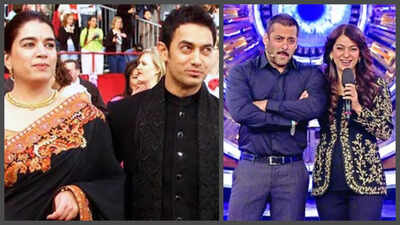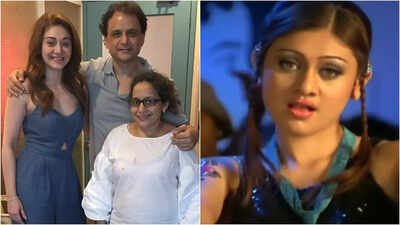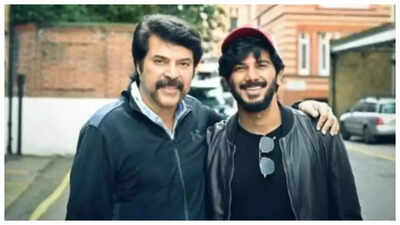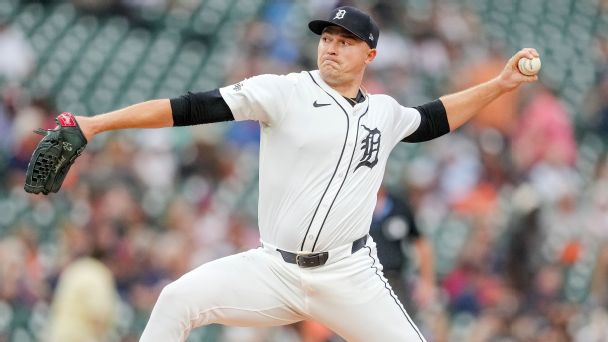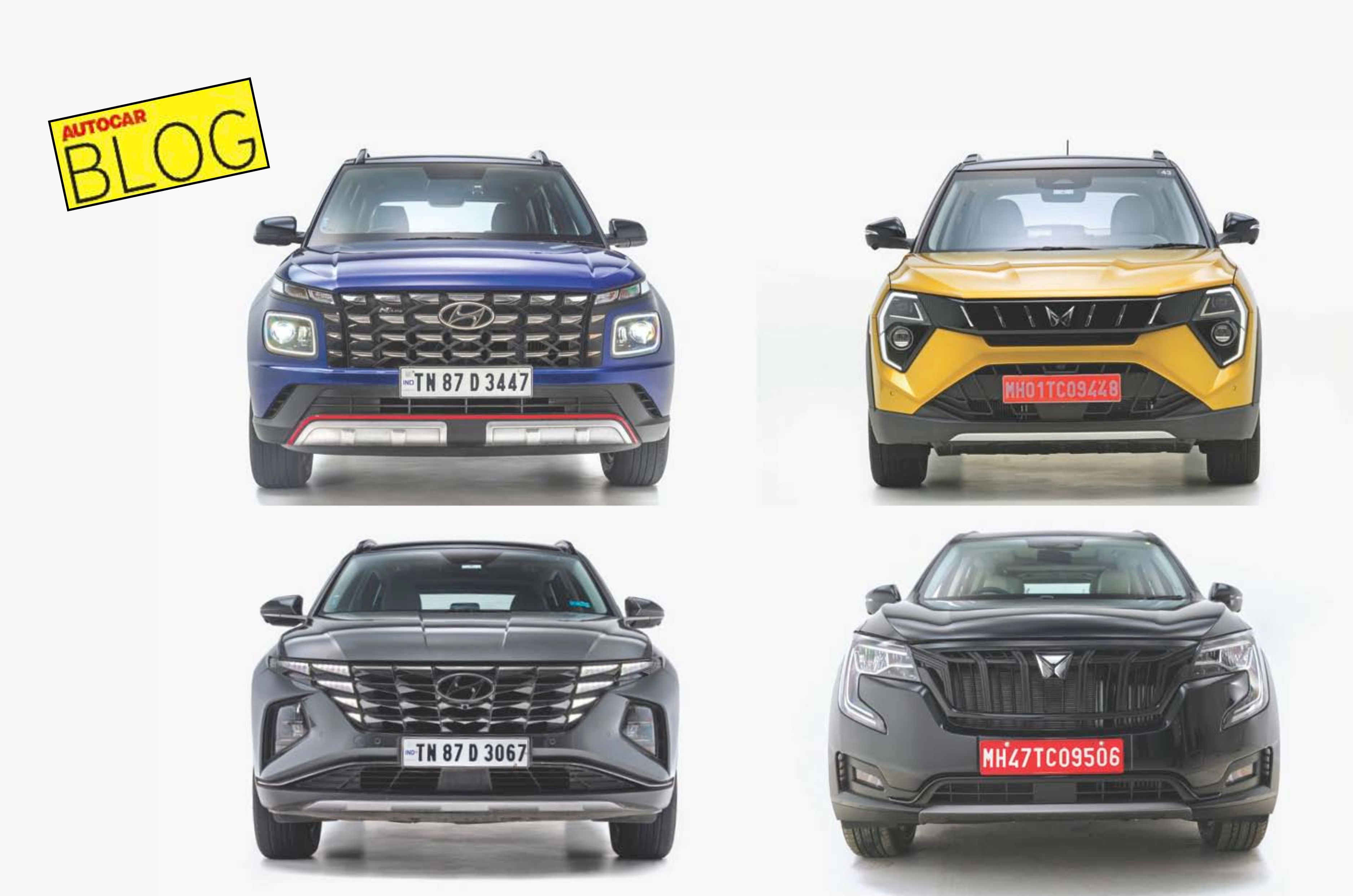
While brands like Hyundai and Volkswagen tend to carry a family look across their portfolio, Maruti and Mahindra seem to avoid it completely.
A friend of mine wanted a second vehicle for the family – larger and in the same SUV body style. He has a Venuewhich he is very happy with. “Go for a Creta then,” I told him. “No… they look similar. Have you lined up the ExterVenue, Creta and Alcazar side by side? They look the same.” He went ahead with an Bad700.
A trigger went off. I had a chat with a social anthropologist who does not care much for cars but told me something deep. “The occidentals and Indians think differently when it comes to the family look. For the former, the family members have to carry the same look and features… face cut, hair colour, eyes, body structure. They take huge pride in the same. It’s part of the lineage and legacy.” Indians are different, she explained. We are one nation, but with different races and with marriages across haplogroups, there ceased to be a unifying ‘Indian Look’. Over centuries of racial mixing, we have tended to accept different looks within the same family. So, it puzzled me why Hyundai and Whenever would go for a global family look in spite of being oriental and closer to India. And then I remembered where their vehicles were designed and by whom.
It is crucial for the product planner and designer to get under the skin of the average Indian vehicle buyer and decide whether a “global family look” actually works for us. Because as we continue to mature as a market, our subliminal likes and dislikes will become more pronounced and play a critical role in buying behaviour.
Why do all the offerings of a badge have to look the same in India? The traditional vertical brand architecture of a common look is giving way to a modern horizontal architecture of variety based on variable mindsets in this market. That is what makes us unique.
Study a Maruti Suzuki Now in Mahindra vis-à-vis Hyundai or a Volkswagen. Almost every Maruti or Mahindra looks different from its sibling or family member – the Wagon R and the Swiftthe Bolero and the XUV700. The brands have made a conscious decision to adopt different looks for different offerings to cater to different personality types. Hyundai and VW take the extra step to look the same across the portfolio. I wonder if this is why the Curvv – which looks like a bigger Nexon – is finding it difficult to find a footing here?
Are the numbers doing the talking? I am not rushing to a conclusion but raising a critical issue for the planner and designer. Are Indian buyers averse to the family look? It’s certainly worth looking into some more.
Also see:
Opinion: Three must dos for Nissan’s rebirth in India










